China is the world’s largest producer of automobiles and auto parts. The production of seats, one of the key auto components, is mainly concentrated in 4 major provinces: Zhejiang, Shanghai, Guangdong, and Hebei.
There are various materials available, such as genuine leather, synthetic leather, nylon, and more. Whether you are purchasing for personal use or planning for custom procurement for resale, this article will be helpful to you. You’ll gain a quick overview towards:
What are the 5 most common car seat materials?
Fabric car seats provide a comfortable touch and good breathability, suitable for various climate conditions. Additionally, fabric seats offer a certain level of softness and durability, allowing them to withstand daily wear to some extent. Here are the top 3 commonly used fabrics for producing car seats and covers.
Nylon car seats
For regular or non-luxury cars, nylon seats are very common due to several main advantages:
- Affordable: nylon is really cheap compared to other fabrics and materials.
- Durable: nylon seats can last for a long time. Additionally, the maintenance and repair costs for nylon seats are relatively low.
- Breathable and able to withstand high temperatures: especially a good fit for hot weather, reducing the risk of skin burns.
Nylon fabric is usually tightly woven so that it’s less prone to absorbing stains.
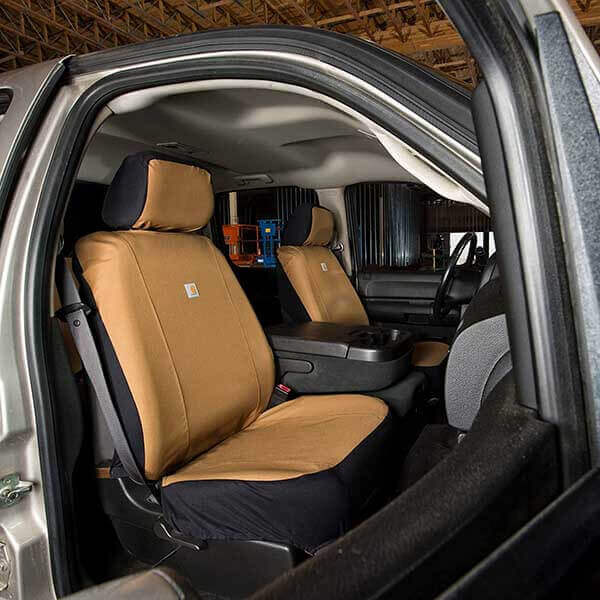
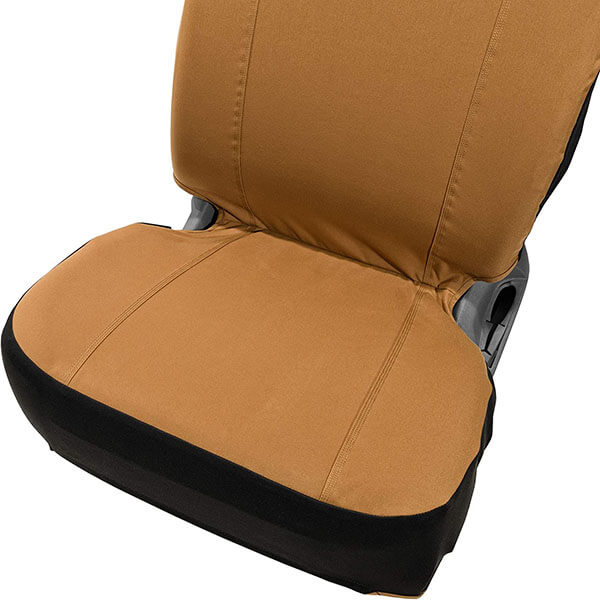
Polyester car seats
The second most common fabric for car seats is polyester. It is affordable for many people and is often found in the form of micro suede. This soft fabric mimics the texture of suede, providing a luxurious and comfortable feel compared to nylon. While polyester can withstand a significant amount of wear and tear, its durability is slightly lower than that of nylon.
The polyester fabric itself is porous and breathable, suitable for use in the summer without becoming excessively hot. However, its porous nature also makes it challenging to clean. It tends to absorb and retain odors and stains, which can be persistent and make long car journeys uncomfortable.
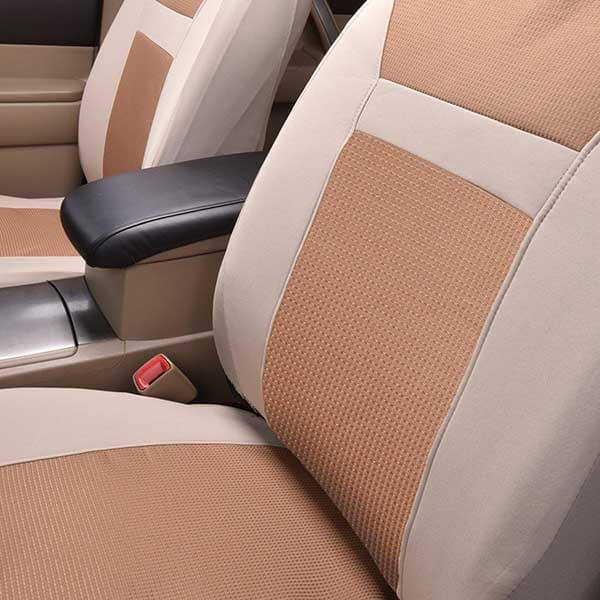
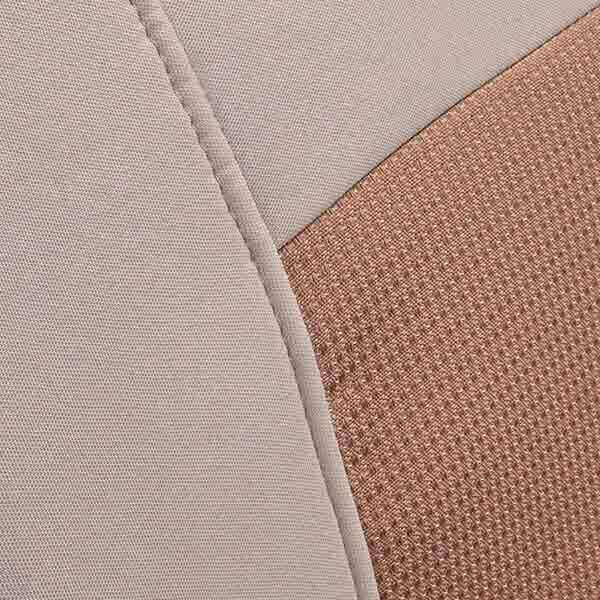
Ultrasuede/Alcantara car seats
Alcantara is a high-end synthetic fabric material. This kind of seat is expensive and commonly used in luxury cars. Made of polyester and polyurethane (PU), it offers a soft and comfortable touch, similar to suede or velvet. Additionally, Alcantara material is less prone to harboring dust mites or bacteria.
It can provide a textured or smooth surface and comes in a variety of color options to suit various interior designs. However, it’s important to note that Alcantara is more susceptible to liquid spills and stains, especially oily and colored liquids. In comparison, nylon and polyester fiber seats are relatively easier to maintain and clean, whereas Alcantara requires more careful and professional care.
Click to Enlarge
Leatherette/faux leather/vinyl car seats
Leatherette is also known as faux leather and synthetic leather. At first glance, leatherette seats look like real leather, but they are actually made from vinyl or plastic derivatives, which are much cheaper than genuine leather. Because it offers cost savings without compromising appearance, luxury brands like Mercedes-Benz and BMW often choose it to make seats for their entry-level vehicles.
Compared to fabric seats, faux leather seats are extremely easy to wipe and clean. They have a non-porous and waterproof surface that is smooth and resistant to staining. You can easily wipe them clean with a damp cloth. This makes leatherette seats highly suitable for car owners with children and pets.
Moreover, vinyl seats are durable and environmentally friendly, aligning with today’s call for animal protection. However, during the summer, synthetic leather can become hot as it absorbs heat, and its non-porous nature results in poor breathability. Therefore, it is not ideal for use in hot summer conditions.
Click to Enlarge
Genuine leather car seats
Genuine leather seats look high-end and luxurious. The most common and widely used types are cow leather and sheep leather. Different processing and tanning methods result in various appearances and textures while maintaining the leather’s softness and durability.
Such-material made seats offer a comfortable sitting experience and good breathability, enhancing the overall pleasure of the ride. They are commonly found in luxury cars like Bentley and Rolls-Royce. Handcrafted genuine leather seats, in particular, are exceptionally expensive.
Compared to synthetic leather, genuine leather seats tend to feel cooler in high temperatures due to their increased porosity. However, when compared to fabric seats, leather seats may still feel hot during the summer. Manufacturers perforate leather mainly for breathability purposes.
Regular cleaning and maintenance are necessary for genuine leather seats. Any spills, sweat, and debris can potentially cause the genuine leather to crack, become extremely hard, and uncomfortable. It is important to use specially designed leather cleaning products and avoid using the wrong chemicals to prevent fading, hardening, and cracking. With proper protection and maintenance, genuine leather seats can last a lifetime.
Click to Enlarge
What material is the best for car seats?
Indeed, there is no one-size-fits-all seat material that works best for all situations and individuals. Each seat material has its own strengths and suitability for specific scenarios. Fabric seats offer diversity, comfort, and breathability, suitable for general seating needs. On the other hand, leather seats showcase a high-end and luxurious appearance while providing durability and relatively easy maintenance.
Choose the seat material based on your budget and requirements.
If you’re looking for a more luxurious feel and have a larger budget, Alcantara and genuine leather seats are excellent options. In case that your budget is limited or you’re not too particular, synthetic leather or polyester seats are also good choices as they offer a similar effect to higher-end materials at a lower cost. Suppose affordability is your top priority, then nylon car seats are the best option.
Take safety into consideration when choosing car seat materials.
Ensuring seat materials are safe and comply with safety regulations is crucial. This includes considerations such as fire resistance and antibacterial properties of car materials. Different countries and markets have mandatory safety certification requirements for automotive seats. If you intend to import car seats into the US, you need to obtain DOT certification and affix the DOT certification mark on the product or packaging for customs clearance and sales in the US.
Select custom seats, which are more popular among modern car owners.
Customized car seats are favored by modern individuals to show their personality and taste. Common options include unique colors, textures, and decorative options, as well as added functionalities such as air conditioning, heating, electric seat adjustment, etc.
Heated seats are more common than cooled or ventilated seats, and in many luxury vehicle models, heated seats have become a standard feature. The operation of heated seats relies on heating elements placed between the seat cushion and upholstery. When the heated seats are activated, an electric current passes through the heating elements, causing them to heat up.
Cooled seats employ various methods, but one of the most common involves multiple fans within the seat. These fans diffuse air through a layer of material and then circulate the air out through the interior trim.
As a leading sourcing company in China, JingSourcing has integrated quality suppliers specializing in manufacturing car interior products including seat covers into our database.
Tell us your custom car seat ideas. We will quickly find suitable suppliers for you and provide competitive quotes. We support the customization of car seats in various materials and functions. Our professional agents will assist you in selecting the best printing methods to achieve your desired custom effects. And we follow up on production, inspect finished products and arrange shipments to your place at the best rates.
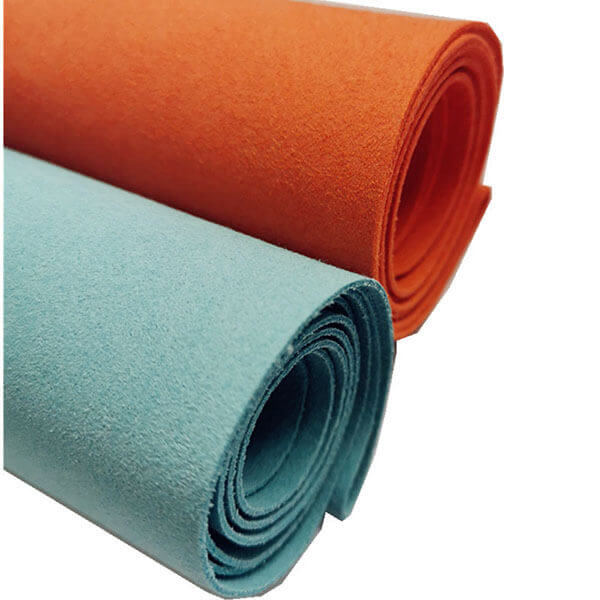


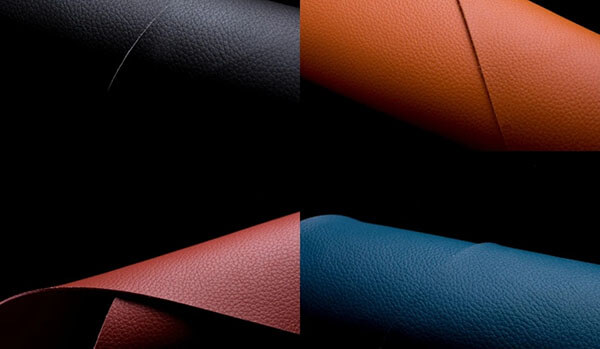


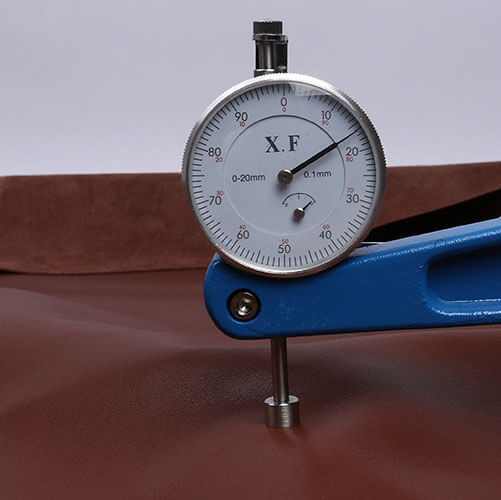
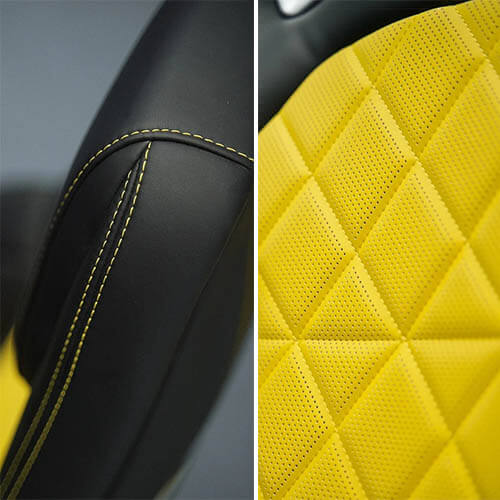
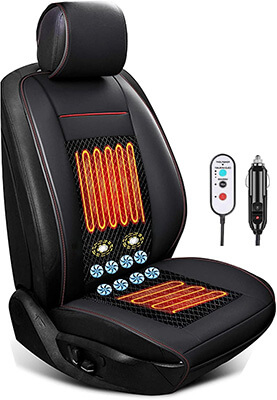
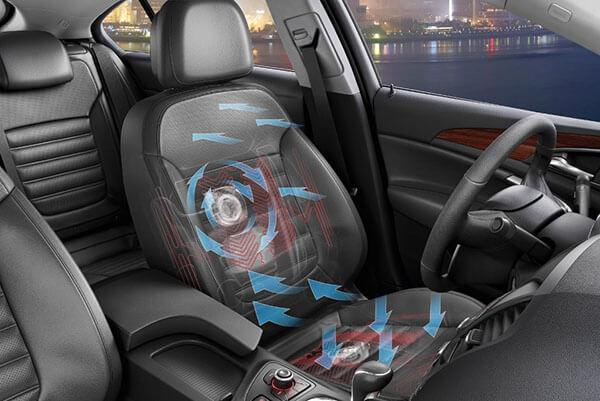



Leave A Comment